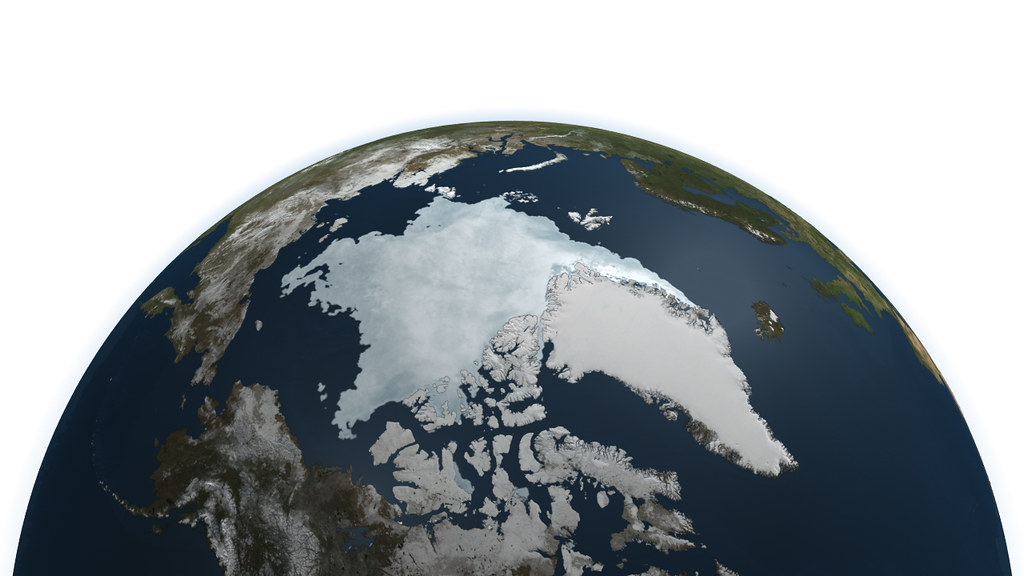
The promise of new shipping routes and access to natural resources continues to attract external players to the Arctic. While states such as Singapore have successfully acquired permanent observer status in the Arctic Council (AC), the European Union (EU) has historically been far less successful in contributing to or securing a voice in Arctic governance. This problem is eroding away, however. All Brussels has to do is play to its strengths and continue focusing on ‘small target’ goals that can be achieved through existing political structures.
Past Failures
In the past, the EU struggled to find the right policy mix for the Arctic region. The European Parliament, which first stoked Brussels’ interest in the area, saw the Arctic as both resource-rich but also unstable – i.e., it suffered from multiple border disputes and weak intergovernmental cooperation. With a view to enhancing Arctic cooperation and stability, the European Parliament thus took it upon itself to propose a new system of governance based on the Antarctic Treaty. Unsurprisingly, the proposal was not well-received by the Arctic states, who saw it as a direct challenge to their sovereignty. (The idea of shared custodianship over Arctic waters was especially irksome to Russia, who feared losing control of what it saw as its previously established offshore resources.)
What the EU failed to grasp was that the Arctic did not need, nor does it need, a new and improved regional architecture. That’s because the Arctic Council already has a proven track record for reducing regional tensions and maintaining stability. Each member state is, for example, committed to resolving boundary disputes using international law. They also understand that the Arctic’s future ultimately depends on coordinated technical and regulatory practices and activities. Indeed, AC members are already attempting to resolve these challenges and have thus far forged agreements to cope with marine oil pollution and coordinate search-and-rescue operations.
Working with the Status Quo
Given the above truths, the EU wisely retreated from its ‘grand design’ approach to the Arctic in 2012. It accepted the status quo division of the region, which then neutralized Russia’s opposition to Brussels’ application for permanent observer status in the Arctic Council. (The last major obstacle to the application is the lingering dispute with Canada over the importing of its seal products.)
Brussels’ turn towards pragmatism is a welcome one and should continue. It should continue supporting, for example, the Polar Code that is currently being developed by the International Maritime Organization (IMO). (If adopted, the code would standardize shipping practices and the overall use of the Arctic Ocean.) The EU should also pursue more realistic approaches to cooperation in areas such as scientific research and climate change adaptation. And it could further share its experiences in developing common standards, which could then be applied to the measured internationalization of the Arctic. All of these actual and potential initiatives are attractive because they’re technocratic in nature, they fall within existing structures of Arctic governance, and they continue to avoid the sensitive issue of state sovereignty.
Dealing with the EU’s ‘Arctic’ States
If the EU initially had problems with the Arctic Council, it has also faced a challenge from three of its own members. Indeed, it would be wrong to assume that Denmark (via Greenland), Finland and Sweden, as dual-hatted members of the EU and Arctic Council, have always been supportive of Brussels’ overtures to the High North. Denmark, for example, has often opposed the EU’s Arctic policies on the grounds that it could weaken Copenhagen’s geopolitical position and undermine the rights of Greenland’s indigenous communities. For its part, Sweden has also spent a lot of time trying to mediate between sceptical Arctic powers and what some still see as an overly-intrusive EU.
As a result of these problems, these states have cautiously developed a set of regional policies that are easier to distinguish from Brussels’ overtures and which help maintain their profile in a region dominated by larger powers. But that might also be about to change. The EU’s three Arctic states, like Iceland and Norway, have increasingly welcomed Brussels’ ‘small target’ approach towards the region. While Copenhagen still remains cautious, for example, it did not oppose the EU’s application for observer status at the 2013 AC Ministerial Meeting in Sweden. Helsinki’s and Stockholm’s current Arctic strategies not only support this move, they also stress the pursuit of interests that would benefit from the EU’s participation in regional governance.
The Way Ahead
Slowly but surely, the EU is recognizing what it needs to do if it wants to engage sensibly with Arctic Council states over regional issues. Policies that address a host of technical, regulatory and common challenges should remain the backbone of Brussels’ efforts, and thereby reinforce its general commitment to regional cooperation. Finally, the EU needs to continue calibrating its interests with its Arctic member states. Indeed, the era of the grand plans for the Arctic region is over. Brussels should continue pursuing a safe, less ambitious approach which burnishes its credentials as an effective foreign policy actor, both to the world and its member states.
For additional reading on this topic please see our Personal Dossier:
For more information on issues and events that shape our world please visit the ISN’s Weekly Dossiers and Security Watch

